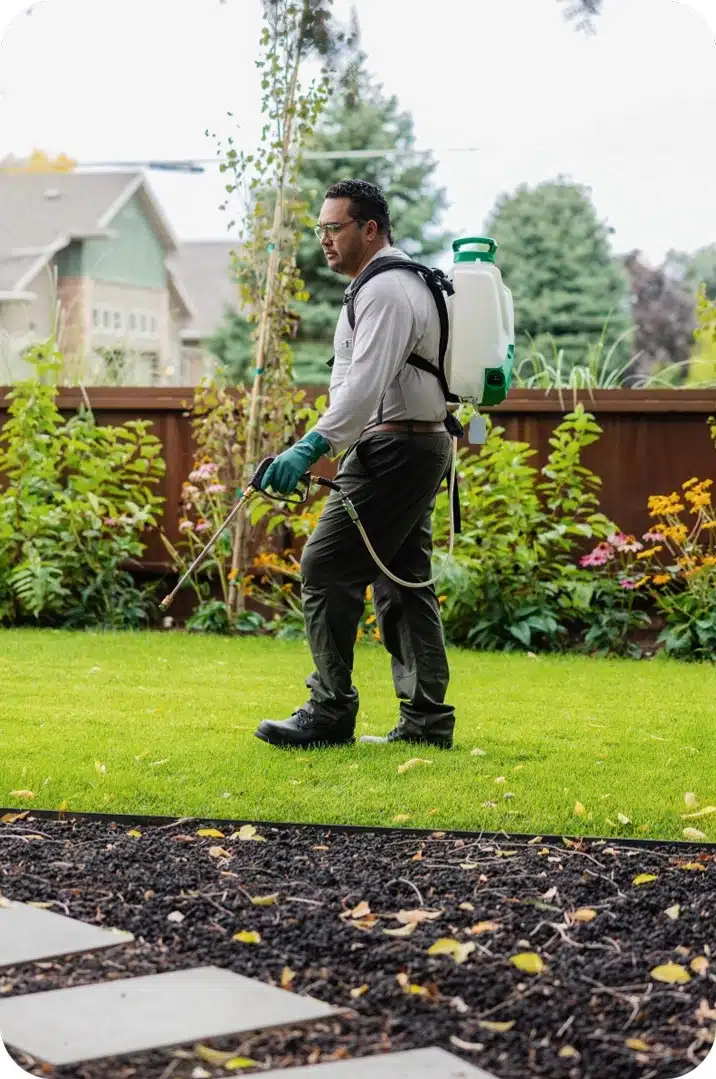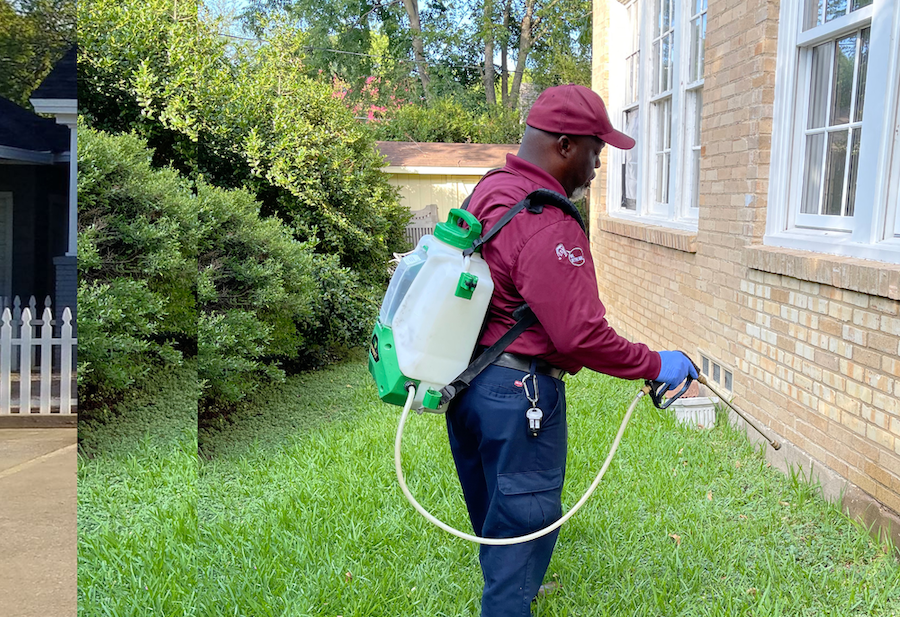Reliable A1 Bed Bug Treatment in Charlotte - Safe and Proven Methods
Reliable A1 Bed Bug Treatment in Charlotte - Safe and Proven Methods
Blog Article
Bed Pest Treatment Failure: Comparing Chemical Vs. Non-Chemical Solutions
In the world of insect control, particularly when handling the persistent concern of bed bugs, the selection in between chemical and non-chemical therapy options can be a critical one. Both techniques use distinct advantages and downsides, influencing elements such as performance, security considerations, and total cost. By analyzing the nuanced information of each approach, a clearer understanding of which course to go after in attending to a bed pest problem can be acquired.
Effectiveness of Chemical Treatments
Chemical treatments for bed pest invasions have been extensively identified for their powerful and rapid efficacy in removing these bugs. When considering the efficiency of chemical treatments, it is essential to recognize that they can offer a extensive and quick remedy to a bed insect trouble. Specialist pest control operators often count on pesticides to target bed insects at numerous phases of their life cycle, including fairies, grownups, and eggs. These chemicals typically work by interfering with the bed pests' nerves, causing paralysis and ultimate fatality.
Additionally, chemical therapies have the benefit of using residual impacts, suggesting that they can proceed to get rid of bed bugs even after the first application. This recurring action is particularly beneficial in combating any kind of prospective re-infestations. In addition, the fast action of chemical therapies can bring alleviation to people encountering severe bed insect problems, allowing them to gain back control of their living spaces swiftly.
Security Interest In Chemical Solutions
When utilizing chemical solutions for bed pest treatment is guaranteeing the security of passengers and the environment,One critical facet that requires cautious consideration. While chemical treatments can be efficient in getting rid of bed bugs, they might posture dangers if not dealt with appropriately. One of the key safety interest in chemical services is the possible damage they can cause to human wellness. Exposure to specific chemicals made use of in bed pest treatments can result in breathing concerns, skin irritability, or various other negative reactions, especially in people with pre-existing conditions or sensitivities. In addition, incorrect application or dose of chemical pesticides can cause toxic residues sticking around in the cured location, presenting long-lasting health and wellness dangers to residents.
Furthermore, the ecological impact of chemical solutions is an additional considerable consideration. Some chemicals made use of in bed pest treatments might be harmful to helpful pests, wildlife, and environments if they seep right into the soil or water systems. It is crucial to make use of chemical therapies sensibly, complying with security standards, and thinking about much less hazardous alternatives to mitigate these dangers and ensure the risk-free and effective monitoring of bed bug infestations.
Advantages of Non-Chemical Techniques
Considering the prospective safety and security issues and environmental impact connected with chemical services for bed pest therapy, discovering non-chemical techniques provides a promising alternative with several unique advantages. Non-chemical approaches supply a safer option for households, particularly those with children, pet dogs, or people delicate to extreme chemicals. These techniques eliminate the risks of direct exposure to harmful substances, reducing the potential for negative health impacts. Furthermore, non-chemical treatments are eco pleasant, as they do not add to air or water air pollution, making them a lasting option for parasite control.
Furthermore, non-chemical options can be efficient in targeting bed insects, consisting of hard-to-reach areas where chemical therapies might not permeate - A1 exterminators charlotte nc. Methods such as heat therapy, vacuuming, vapor cleansing, and mattress encasements give complete obliteration without the use of damaging chemicals.
Limitations of Non-Chemical Treatments

In addition, non-chemical treatments typically call for multiple applications to attain effective obliteration. This can be time-consuming and may not always assure complete removal of all bed insects and their eggs, particularly in surprise or hard-to-reach locations.
Moreover, the success of non-chemical treatments heavily depends on appropriate implementation and thoroughness, which can be challenging for people without professional expertise. Insufficient application of non-chemical techniques may cause insufficient elimination, bring about relentless invasions and the need for extra treatments.
Consequently, while non-chemical therapies have their benefits, it is vital to acknowledge these restrictions and consider them when determining one of the most efficient approach for managing bed bug problems.
Cost Contrast: Chemical Vs. Non-Chemical Options
Provided the constraints related to non-chemical therapies, a crucial aspect to evaluate in the context of bed insect monitoring is the expense contrast in between chemical and non-chemical choices. Chemical treatments normally entail the application of pesticides by experts, which can range from $250 to $900 per area, depending upon the intensity of the invasion and the dimension of the area to be dealt with. On the other hand, non-chemical treatments like warmth therapy or heavy steam can be more costly, with costs varying from $1,000 to $6,000 for an entire home. While the initial cost of chemical treatments might seem reduced, numerous therapies might be called for to fully eliminate the infestation, possibly boosting the general price. On the various other hand, non-chemical alternatives may offer browse around these guys an extra lasting and environmentally friendly remedy, although they can be cost-prohibitive for some people. Ultimately, when thinking about the price of bed bug therapy alternatives, it is very important to consider the in advance expenses versus the efficiency and long-term sustainability of the chosen technique.
Final Thought

Taking into consideration the potential safety and security issues and environmental influence connected with chemical solutions for bed pest treatment, discovering non-chemical methods provides an encouraging choice with numerous distinctive benefits.Provided the restrictions linked with non-chemical therapies, a necessary element to examine in the context of bed pest management is the price comparison in between chemical and non-chemical choices. In contrast, non-chemical treatments like warm therapy or heavy steam can be more pricey, with prices varying from $1,000 to $6,000 for an entire home. While the initial cost of chemical therapies may seem lower, numerous treatments may be called for to my site totally remove the invasion, potentially raising the general expense.In conclusion, when comparing chemical and non-chemical bed insect treatment alternatives, it is important to take into consideration performance, security, advantages, restrictions, and expense.
Report this page